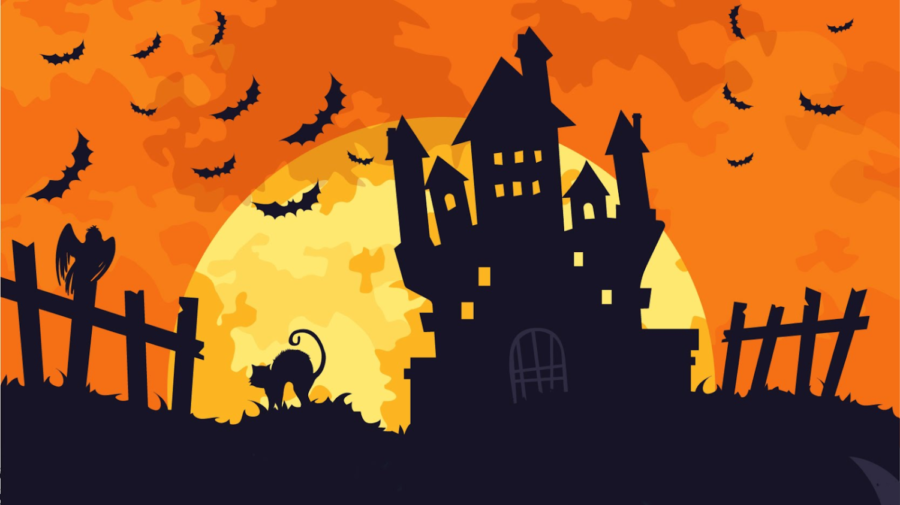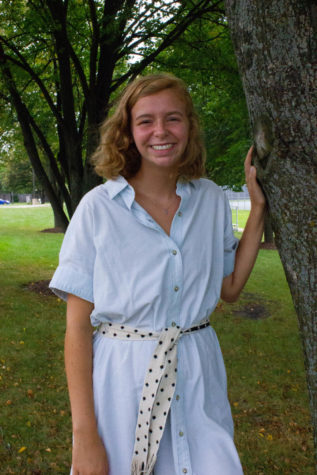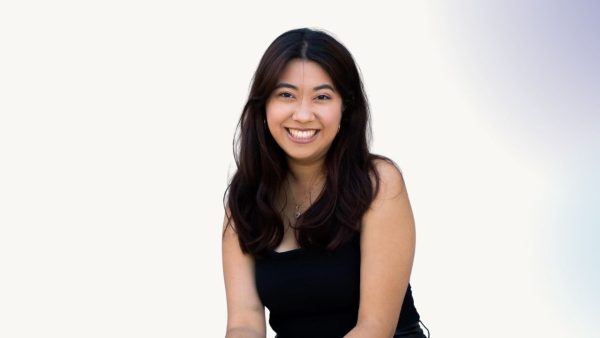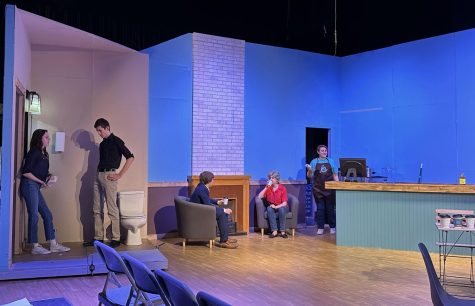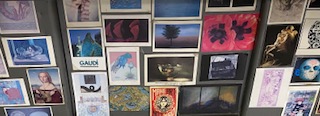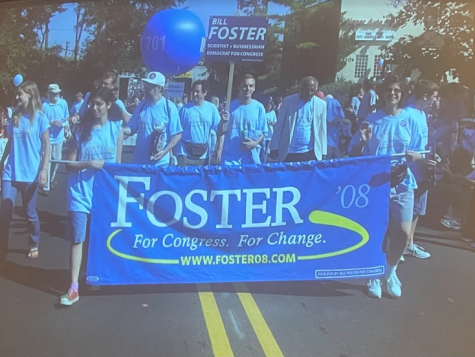The Spooktacular Origins of All Hallow’s Eve
Halloween’s origins can be traced back to the ancient Gaelic festival Samhain, translating to “end of summer”, that took place every year on the 1st of November. The belief was that, according to the Gaelic calendar, the day of Samhain marked one of four quarter days, each of which signified the start of a new season. Known as oiche shamhna, or the “eve of Samhain”, October 31 signified the bridge between the autumn equinox and the winter solstice, as the important symbol of darkness was thought to have emerged out of light. The breach between life and death, our world, and another, faded into ambiguity; October 31st was regarded as a twilight zone for the supernatural. Scattered throughout Ireland, Scotland and England, ancient Celts took part in the feasting, rituals and festivities of Samhain.
The first colonists, many of which were Puritans who continued the traditions of Samhain, were responsible for first carrying All Hallow’s Eve to America. However, as American colonies practicing Celtic religious traditions were exposed to surrounding cultures, All Hallow’s Eve evolved into the Americanized holiday that is celebrated today.
Trick or Treating
Trick or Treating has its origins in Britain and Ireland. Starting in the 16th Century, children wore costumes on Halloween and went house-to-house collecting food. The phrase “Trick-or-Treat,” stemmed from verses recited by 19th Century Halloween participants in Britain, although the first instance of Trick-or-Treating in North America occurred in Ontario, Canada in 1911, and entailed the full costume-candy-chant tradition we know today as Trick-or-Treating.
Haunted Houses
The Haunted House made its spooky entry in a myriad of ancient civilizations, most notably the Grecians and Romans, many of whom created theatrical plays depicting themes of spirits, hauntings, and other supernatural entities. When public fascination with ghost stories experienced a renaissance in 19th-century London, British woman Marie Tussaud took advantage of the trend by creating a gallery of deformed, gruesome French figures, now named the Chamber of Horrors. By the Great Depression, it became customary in America to adorn houses with frightening decor, as it was thought to keep troublemaking children occupied. By the 20th century, the traditions and festivities of Halloween had become inseparable from the fabric American culture. Disney’s 1969 grand opening of its Haunted Mansion is credited as the event that initiated the commercialization of Haunted Houses and other Halloween-related attractions.
Jack ’O Lanterns
The first semblances of Jack ‘O Lanterns arose in 19th Century Ireland. Pumpkins didn’t exist in Ireland at the time, however, so turnips or other root vegetables were used. The original purpose of a Jack ‘O Lantern was to sit in a windowsill and ward off evil spirits. “Jack ‘O Lantern” was a 17th Century term for a night watchman, who customarily held lanterns. From a distance, the watchman’s lantern looked similar to the phosphorescent glow of a decomposing turnip or squash.
Apple Bobbing
Apple bobbing began as a British courting ritual, in which young women would attempt to bite the apple on which the name of a man she was interested in was written. The superstitions go that if she could do it in one try, the couple would have a happy marriage and enduring love. If it took two tries, they would marry but their love would eventually fade. Three or more tries would forecast an ill-fated relationship. The popularity of apple bobbing lapsed by the 1800s, but was brought back in the 20th century by Americans with Celtic roots.
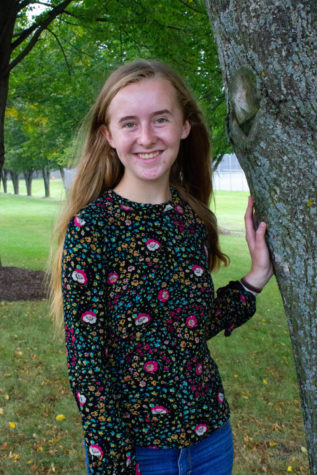
Emily Welp is a senior at Naperville North High School and is returning for her second year on The North Star staff and her first year as features editor....

